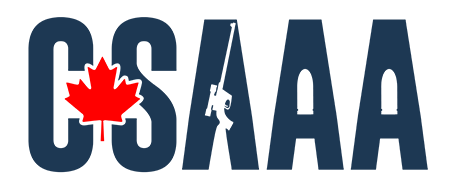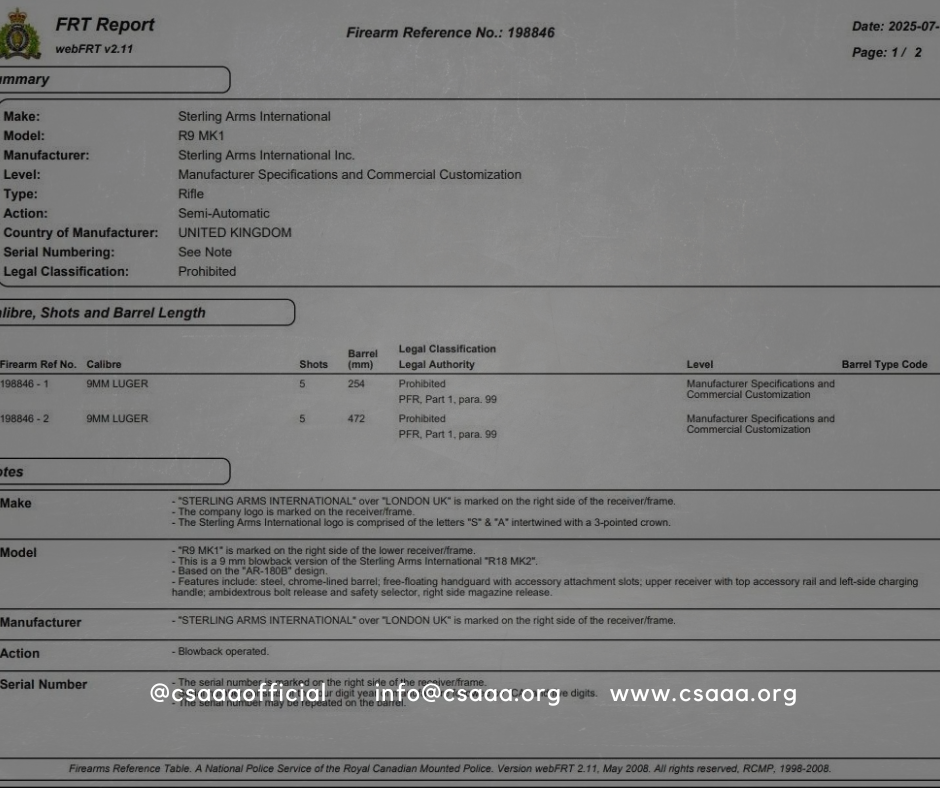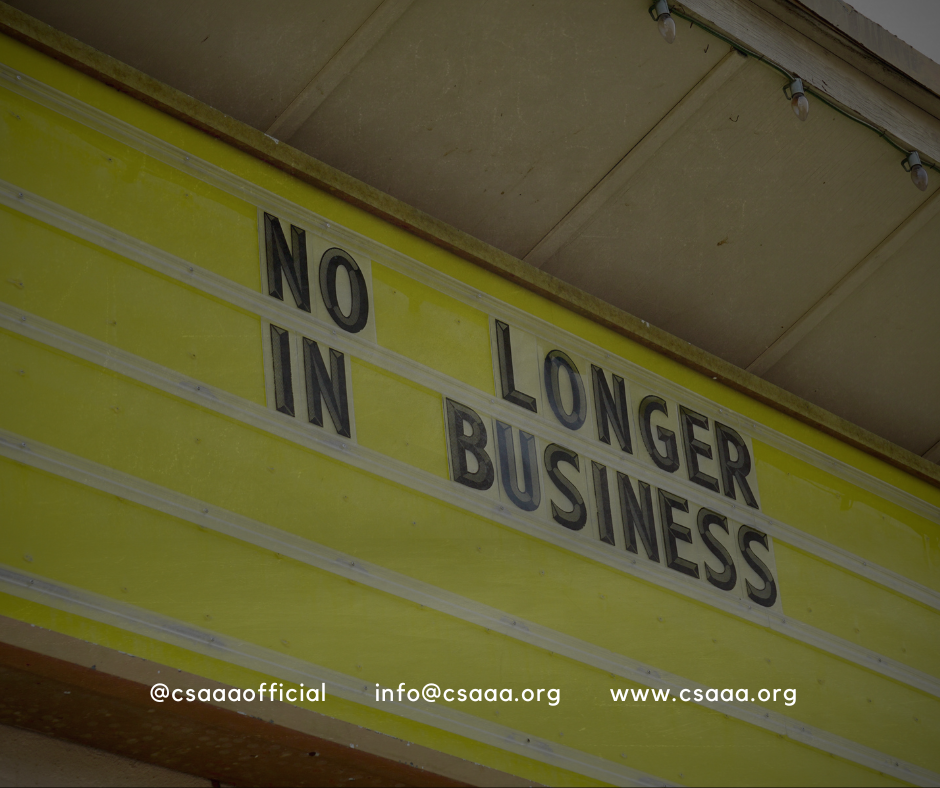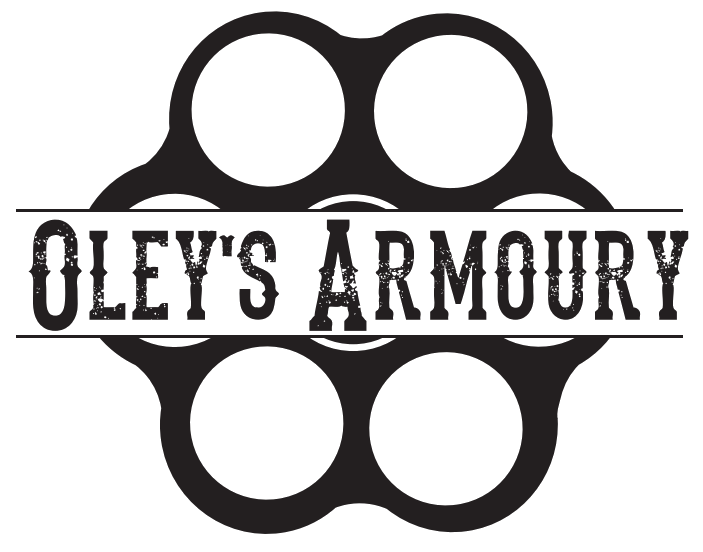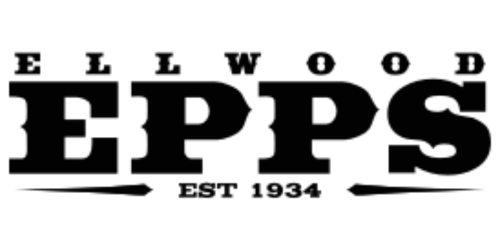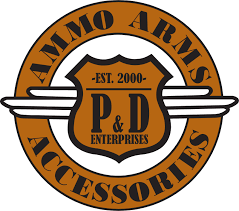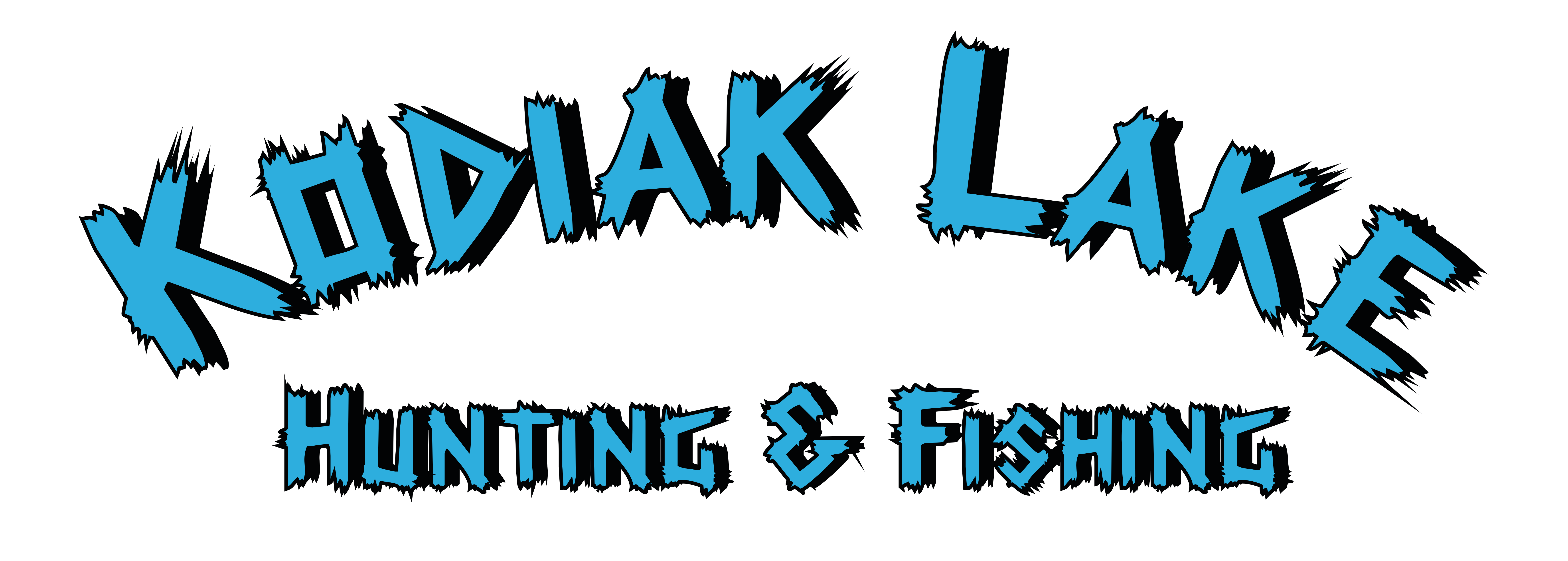PETERBOROUGH, ON, March 28 – On June 1st, 2017 the Canadian Firearms Marking Regulation under Bill C-10A will come into effect. The current regulation, as written, requires all firearms (as defined by the Criminal Code of Canada) imported into the country be marked “by permanently stamping or engraving on the firearm’s frame or receiver the word “Canada” or the letters “CA” and (a) in the case of a manufactured firearm, the name of the manufacturer and the firearm’s serial number; and (b) in the case of an imported firearm, the last two digits of the year of the importation.”
The markings must be made before the 60th day after its release as defined in subsection 2(1) of the Customs Act* or before transferring the firearm, whichever occurs first.
The purpose of the regulation is to meet the recommendation of the UN Firearms Protocol, a non-binding treaty to which Canada is a signatory. Once Canada has passed a gun marking regulation, it will be able to ratify this treaty.
The purpose of the UN Firearms Protocol is to stem the flow of illegal firearms around the world, specifically small arms that are turning up in conflict zones. The protocol provides a number of recommendations that would enable countries to trace the import and export of firearms within their own countries and would enable authorities around the world to trace the source of illegal weapons back to the country legally responsible for them.
The Canadian Sporting Arms and Ammunition Association (CSAAA) – which represents legitimate firearms business owners including manufacturers, distributors, wholesales and retailers in Canada – fully supports the fight against illegal arms trafficking both domestically and globally. After all, as legally operating, responsible business owners, our members have a vested interest in identifying and preventing illegal sales which only serve to detract from our revenues as businesses and make us unsafe as citizens.
However, the Canadian Firearms Regulation as it is currently written, has several flaws. It has incorporated some of the UN Firearms Protocol recommendations that were written for countries with far less regulation than Canada already has in place. This poorly crafted regulation will result in cost increases to importers that could see the price of individual firearms increase but as much as $200; will cause safety concerns significant enough that some foreign manufacturers will not honor their warranties in Canada; may permanently damage the finish on imported firearms; and cause workplace safety concerns for importers with little or no manufacturing experience.
The regulation requires that all firearms imported into Canada bear the name of the “manufacturer” and the firearm’ serial number and be marked with a country code and year of import, or “CA17” within 60 days of the firearm being released from customs or before being transferred beyond the importers.
A “manufacturer” in Canadian law is the actual manufacturing facility where the firearm was produced, not the responsible marketing and distributing company. So, for example, a firearm imported into Canada could not be marked by the brand “Browning” it would have to bear the name of the manufacturing plant where it was made.
The regulation then requires that the firearm be “stamped or engraved” with the country code and year of import, or “CA17” for example, after being released from customs and before being transferred by the original importer. This means importers, with no manufacturing facilities or experience, will now be in the business of setting up, staffing and operating laser engraving shops. The firearms cannot be transferred to existing engraving facilities to be marked and we have not been able to identify and large engraving facilities in Canada that are willing to go through the onerous and expensive process of becoming firearms licensed.
Many of Canada’s small importers will be forced out of business under this new regulation. They will simply not be able to afford the capital investment required to meet the regulation’s requirements.
Consumers are likely to see less choice and pay higher prices for firearms in Canada. This will inevitable have a negative impact on smaller retailers which will also be forced out of business.
The CSAAA has met with the Minister of Public Safety, the Honourable Ralph Goodale’s, staff to present an effective and reasonable solution to this issue. We have recommended to the Minister’s staff that the regulation be re-worded to require all firearms imported into Canada be marked with the “Make” and the firearm’s unique serial number. We have demonstrated to the Minister’s staff that with the Make and serial number, any firearm anywhere in the world can be traced with one call to the brand company. Using the serial number, the responsible corporate brand can trace a firearm from it’s point of manufacture, through it’s exporter, to its importer and ultimately through the importer to the retailer.
With the simple codification of Canada’s current industry practice, Canada can pass a firearms marking regulation that achieves the stated goals of the UN Firearms Protocol with no detrimental affects on the hundreds of small businesses in the sporting arms industry.
We presented our solution to the Minister’s policy staff at a meeting on January 23rd, 2017. This position has been supported by some of our largest firearms trading partners.
It is our belief that the Minister’s staff is still in the process of considering the final wording of the regulation; but we have had no response to our calls for updates, information or direction. The Minister’s staff have been silent since January 23rd.
CSAAA members representing some of Canada’s largest importers have confirmed that they will not move forward on any capital investment in engraving capacity until they receive clear direction from the Government.
We continue to press the Minister’s office for information and direction. While we cannot advise individual businesses on a course of action, we can recommend that retailers prepare for a transition period of some kind starting in June by stocking up on inventory. Whatever the outcome, it’s going to be a bumpy ride for the next few months.
We encourage business owners to get in touch with your local Member of Parliament, the Minister of Public Safety and the Prime Minister to voice your support for a regulation that requires a “make and serial number” as proposed by the CSAAA. Links to sample letters are included below for your reference. Or email us your message and we’ll forward to the Minister on your behalf, type “Message for the Minister of Public Safety” in the subject box.
The CSAAA will continue to work with the Government to craft a responsible regulation that effectively combats illegal arms trading while protecting the thousands of Canadian jobs and hundreds of small businesses associated with the legal, responsible sporting arms industry in Canada.
For more information, please contact us.
Canadian Sporting Arms and Ammunition Association
1-705-875-2302
CLICK HERE TO DOWNLOAD A SAMPLE LETTER TO YOUR MP:
*From the Canadian Custom Act
2 (1) In this Act, release means
(a) in respect of goods, to authorize the removal of the goods from a customs office, sufferance warehouse, bonded warehouse or duty free shop for use in Canada, and
(b) in respect of goods to which paragraph 32(2)(b) applies, to receive the goods at the place of business of the importer, owner or consignee;
Release prior to accounting
32 (2) In prescribed circumstances and under prescribed conditions, goods may be released prior to the accounting required under subsection (1) if
(b) the goods have been authorized by an officer or by any prescribed means for delivery to, and have been received at, the place of business of the importer, owner or consignee of the goods.

